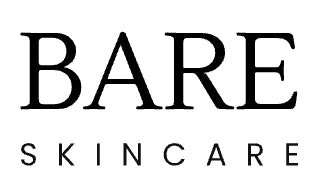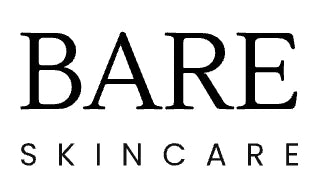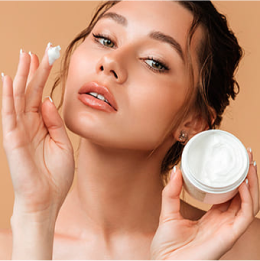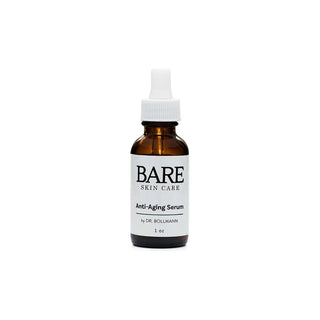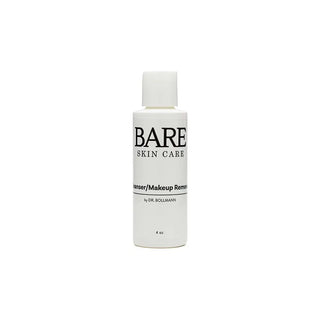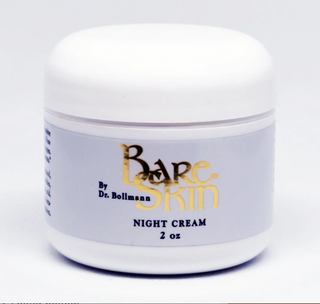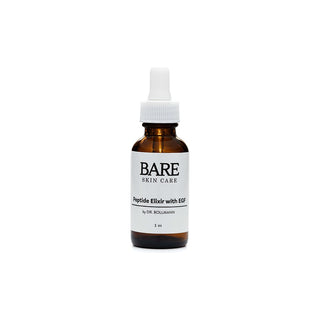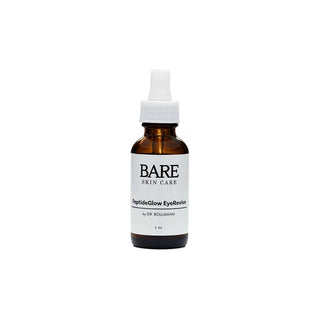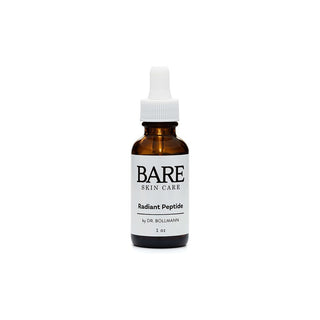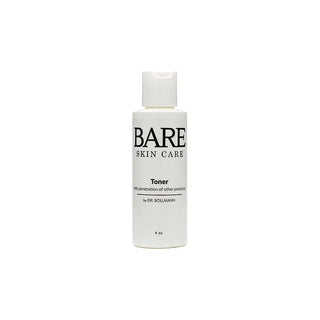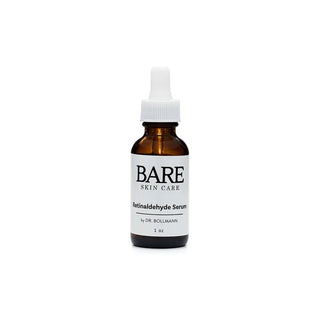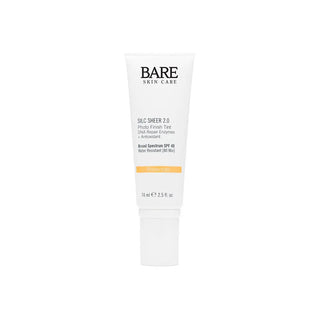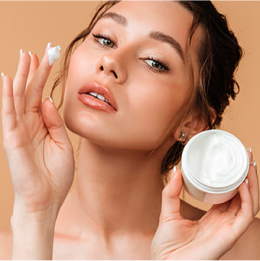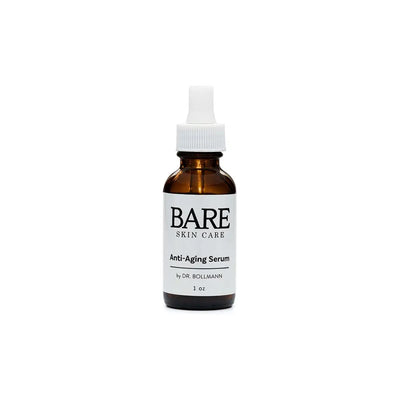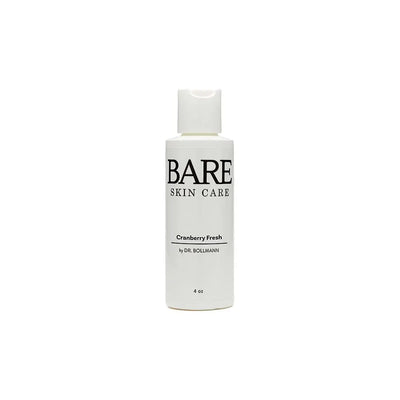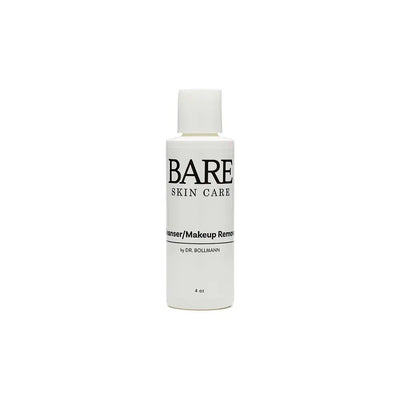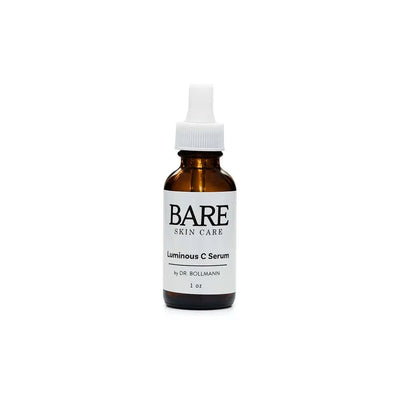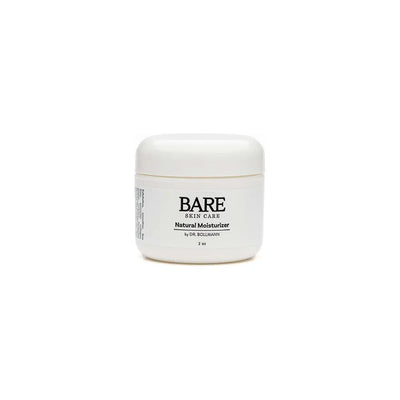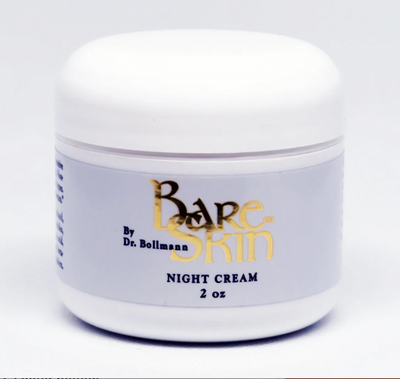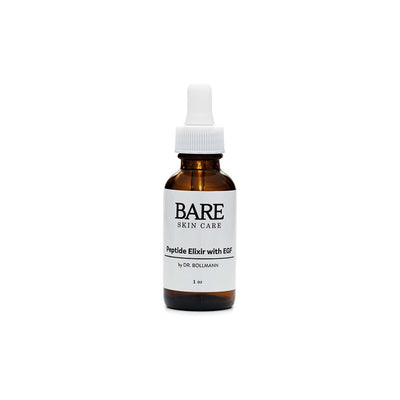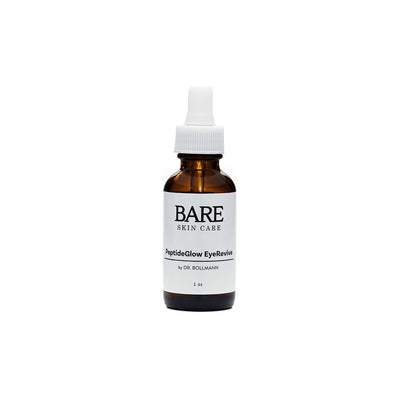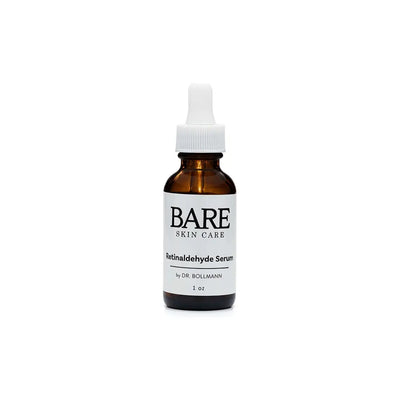Free Radicals and Antioxidants
Oxidative tissue damage is a very important area. The free radical damage theory of aging is,
undeniably, the most tenable theory of aging. Free radicals are like rust in the body. Unfortunately, there is widespread ignorance among dietary supplement manufacturers about how to formulate and use antioxidants correctly, and therefore
antioxidants are usually used incorrectly. Proper antioxidant support will include a number of
antioxidants, The idea of giving a multivitamin is very passé in today’s nutraceutical world. To be
effective vitamins must never be presented in isolation; they must be given in combination with cofactors
such as minerals and phytochemicals.
Skin aging is caused by exposure to sunlight and toxins, which causes oxidative tissue
damage. Topical antioxidants are very limited in their value for skin rejuvenation. The idea of using
delivery mechanisms to penetrate the skin is a good one, but your average face creams and the like will
only have minor short-lived effects upon the skin. In fact, such creams are a very expensive approach to
beautification or anti-aging. Oral antioxidants in mixed forms have much greater therapeutic potential for
the reversal of skin aging than any topical agent, and perhaps any topical intervention, including laser
resurfacing. In fact, the best approach is a combined approach that involves both oral and topical mixed
antioxidants.
It is important to know that certain antioxidants have tissue or organ-specific effects, for
example:
• Ellagic acid, which is found predominantly in raspberries and pomegranates, protects against
breast cancer.
• Curcumin, the antioxidant present in the Indian spice turmeric, supports cognition and may even
help to prevent Alzheimer’s disease. Recent research suggests that curcuminoids may also be
potent analgesics.
• Lycopene, which is found in tomatoes, supports the prostate and may protect against prostate
cancer. Some research suggests that lycopene may also benefit the retina.
• Alpha-lipoic acid is of great benefit to people with diabetes or metabolic syndrome, as it is an
insulin sensitizer. It also plays a major role in the prevention of the neuropathic complications of
diabetes.
• Polyphenols, which are found in abundance in green tea and coffee, should not be
underestimated. There is a large body of evidence that suggests that catechins, particularly
epigallocatechin gallate (EGCG), are very powerful and very versatile biological agents.
Sunlight is a double-edged sword. Sunlight is a wonderful source of vitamin D, however, UVA and
UVB are also damaging to the skin. The standard approach to sun protection is to use a topical
sunscreen, but what about an oral sunscreen? Could something that is taken orally protect the skin from
UVA and UVB? Yes. Studies are showing that a rather interesting plant called Polypodium leucotomos diminishes changes associated with photo-aging by reducing dermal elastosis, mast cell infiltration, and skin fold thickness. So, in the future it is quite likely that all we
will need to do to protect our skin from the damaging effects of the sun is to take a photoprotection pill.
So, to keep looking younger, use a combination of oral and topical antioxidants. A good multivitamin with minerals, and a topical vitamin with antioxidants, as found in Bare Skin Topical Vitamin Cocktail.
Excerpted from American Academy of Anti-Aging Medicine







